video upload by Steven Thomas
"Testing the new Dual High Pass Filter rack FX built under license from E.M.S (Cornwall) by Digitana Electronics and Portabellabz. This filter was originally found in the E.M.S Synthi 100 synthesizer. The unit has the exact same form factor as classic E.M.S rack effects modules from the 1970s.
https://www.synthi.co.uk/synthi-100-m..."




 "This is a new 19” rack module built under license from EMS (Cornwall) by Digitana Electronics (UK/Italy) and PORTABELLABZ (Belgium). It is a 100% faithful reproduction of the Dual High Pass Filter (DHPF) section found on early versions of the legendary EMS Synthi 100 synthesiser. An original spare ‘Mk1’ DHPF PCB from a Synthi 100 was kindly loaned by Robin at EMS and then faithfully reconstructed using the same trace artwork/layouts, via modern PCB design software. The PCBs are very high quality with ENS gold plated card edge contacts and traces. The same components as found in the original circuit are used throughout.
"This is a new 19” rack module built under license from EMS (Cornwall) by Digitana Electronics (UK/Italy) and PORTABELLABZ (Belgium). It is a 100% faithful reproduction of the Dual High Pass Filter (DHPF) section found on early versions of the legendary EMS Synthi 100 synthesiser. An original spare ‘Mk1’ DHPF PCB from a Synthi 100 was kindly loaned by Robin at EMS and then faithfully reconstructed using the same trace artwork/layouts, via modern PCB design software. The PCBs are very high quality with ENS gold plated card edge contacts and traces. The same components as found in the original circuit are used throughout.The DHPF rack case was deliberately chosen to be the same design as those found in the classic EMS rack instruments from the 1970s such as the Random Voltage Generator, Pitch to Voltage Converter, Octave Filter Bank etc. These were created in CAD from original engineering drawings kindly made available by Robin at EMS. The 1U high chassis is formed from 3mm silver anodised front/rear panels which are connected by solid aluminium side blocks and then 2mm anodised aluminium top/bottom covers. This allows the rack to be safely mounted in standard 19” rack enclosures. The panel graphics use anodic digital printing technology which is far more resistant to wear than silk screened graphics. Original control knobs/coloured inserts/jack sockets made by Cliff Plastics are also used to meticulously maintain authentic EMS design.
An optional beautiful wood rack sleeve is available with the exact same design as found in vintage units. These are made from Afrormosia hardwood (now on the protected species list) just like the original. The wood is ethically sourced from existing historical stock.
Inside the DHPF, the only change compared to 1970s rack modules has been to use a modern (and safer) switch mode PSU. This also has the advantage of allowing a wider range of operating mains voltages (from 98v–220v AC).
The Synthi 100 was designed by David Cockerell and the high pass filter design itself is rather unusual compared to other high high pass filters found in synthesisers. It has CV control of frequency cutoff but also has a response control which can control feedback of the output, creating a resonant peak that at extremes pushes the filter into self-oscillation. The use of diode ‘strings’ in the CV control section of frequency is quite unusual and is reminiscent of the same principle he used in his (later) Synthi Hi-Fli design, although there the filters sections are used to phase shift the input signal.
The high pass filter is capable of easily removing the fundamental in any audio passed through and then the first harmonic as the cutoff frequency is increased. By increasing also the response, the higher frequencies are boosted in a mix and eventually the filter will self-oscillate.
The two filters in the module are identical and a central three-way toggle switch has positions series, off and parallel."

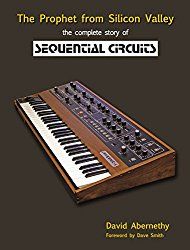
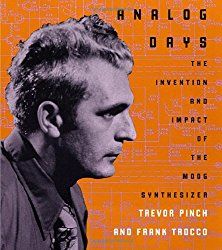
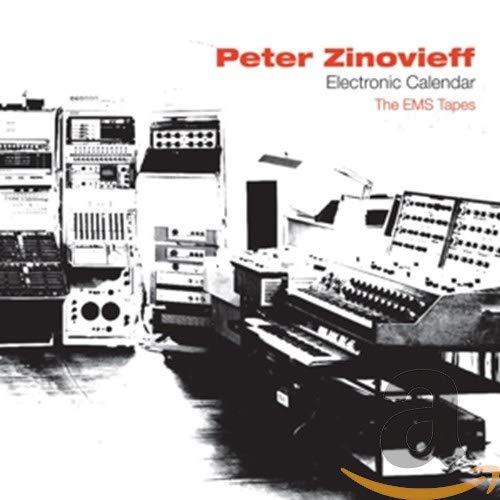
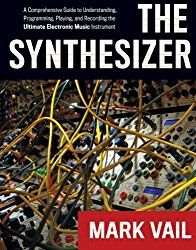
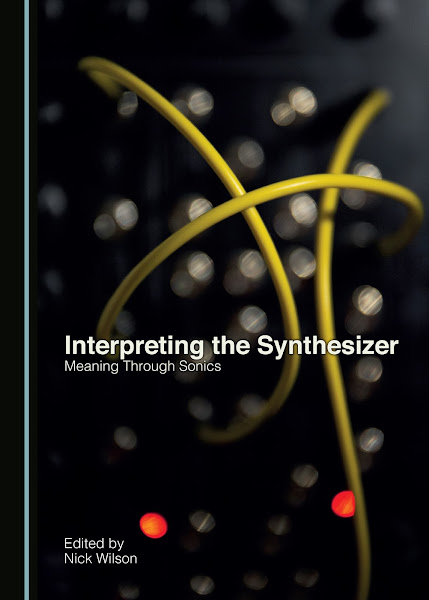
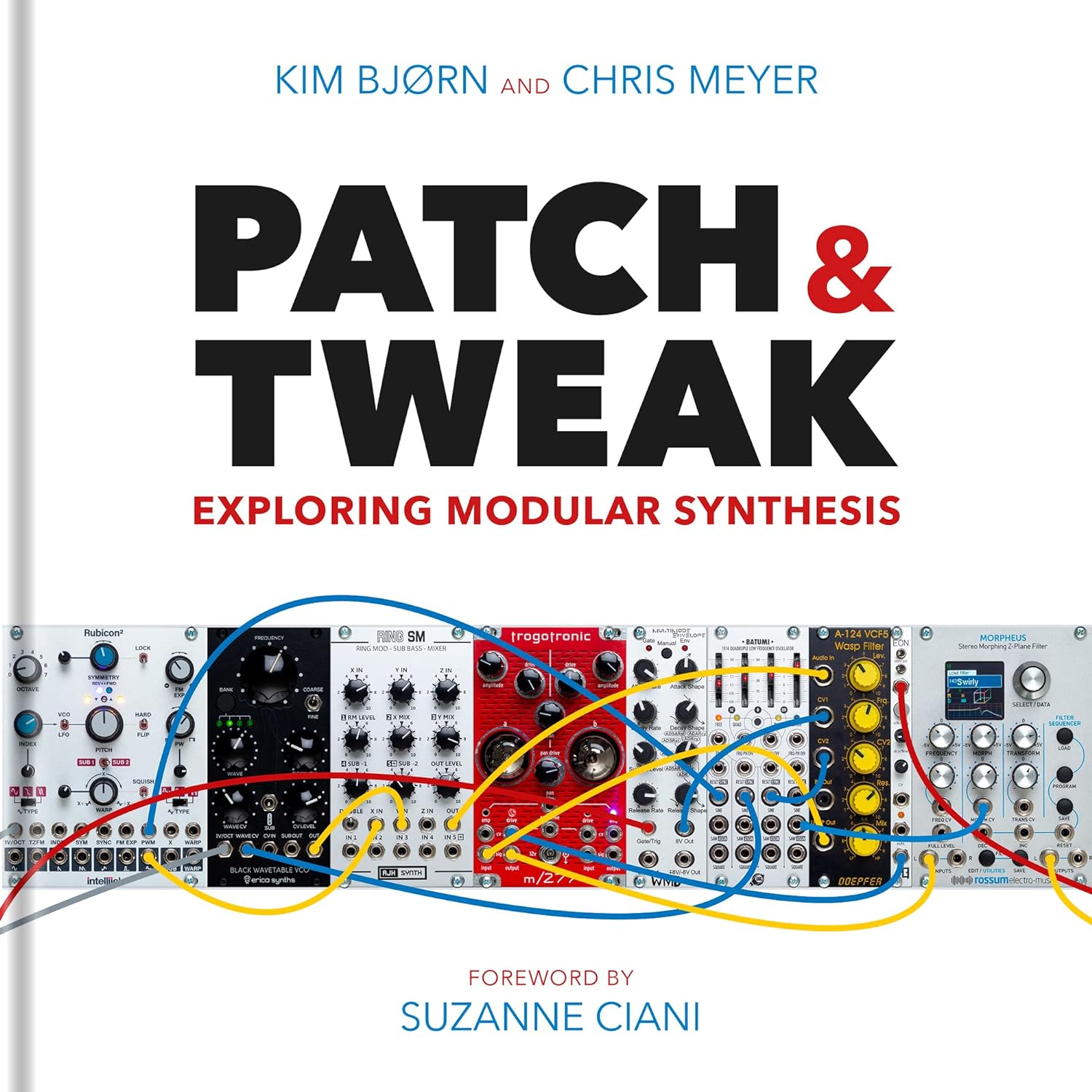
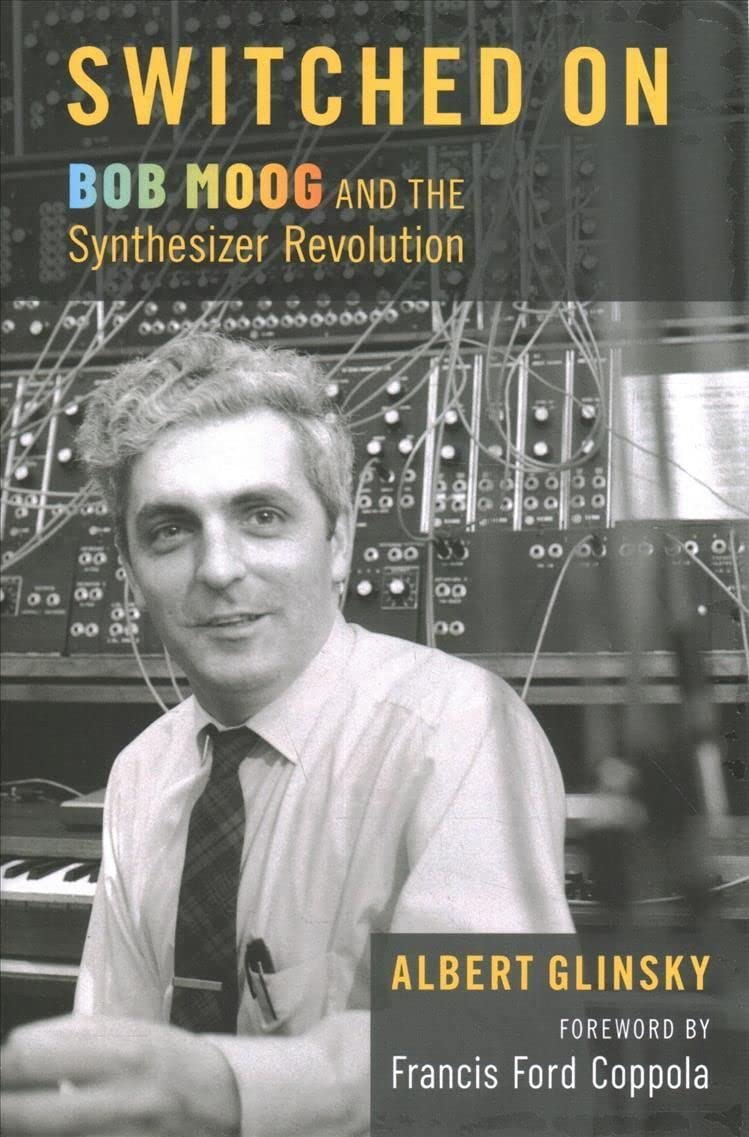
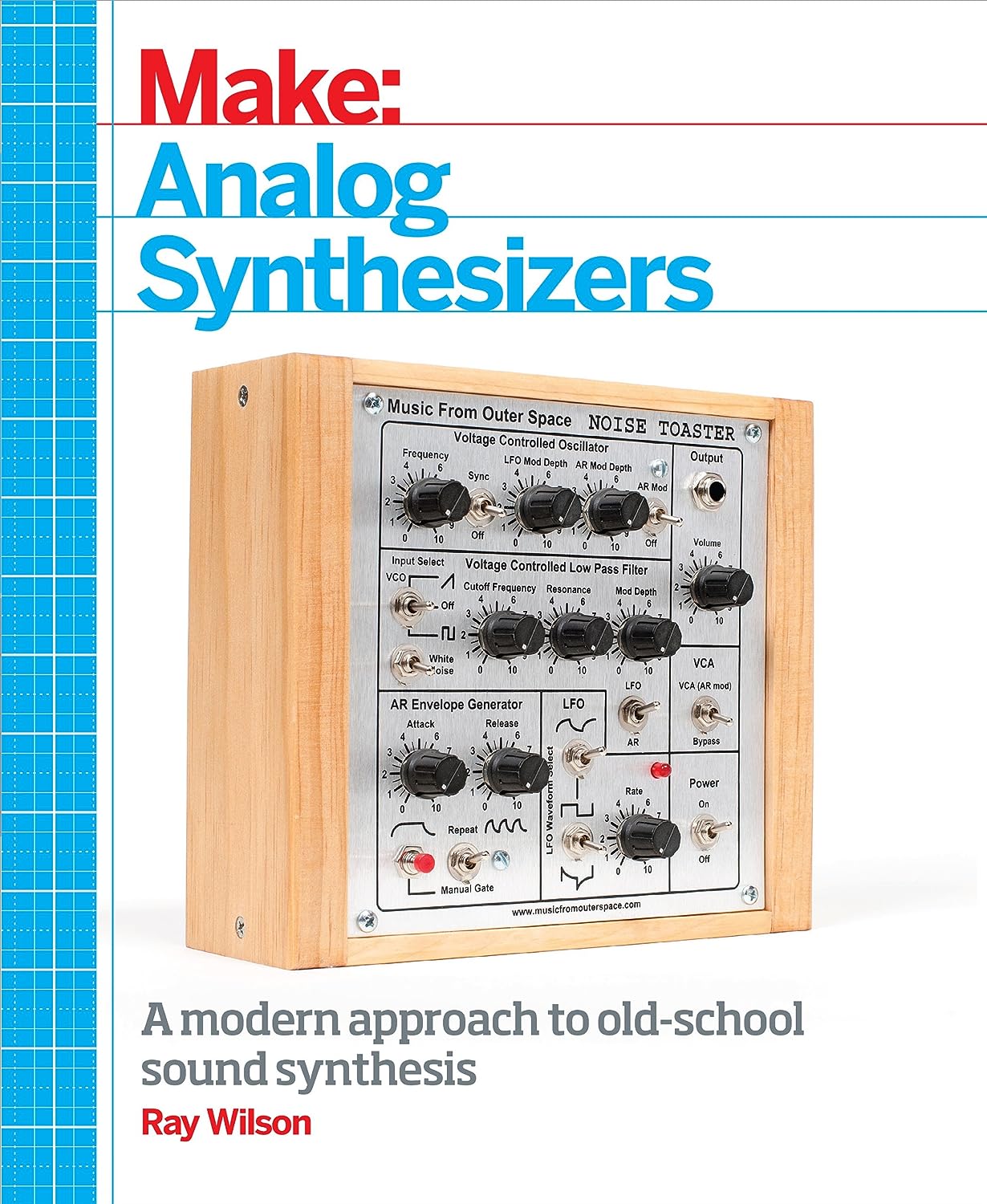
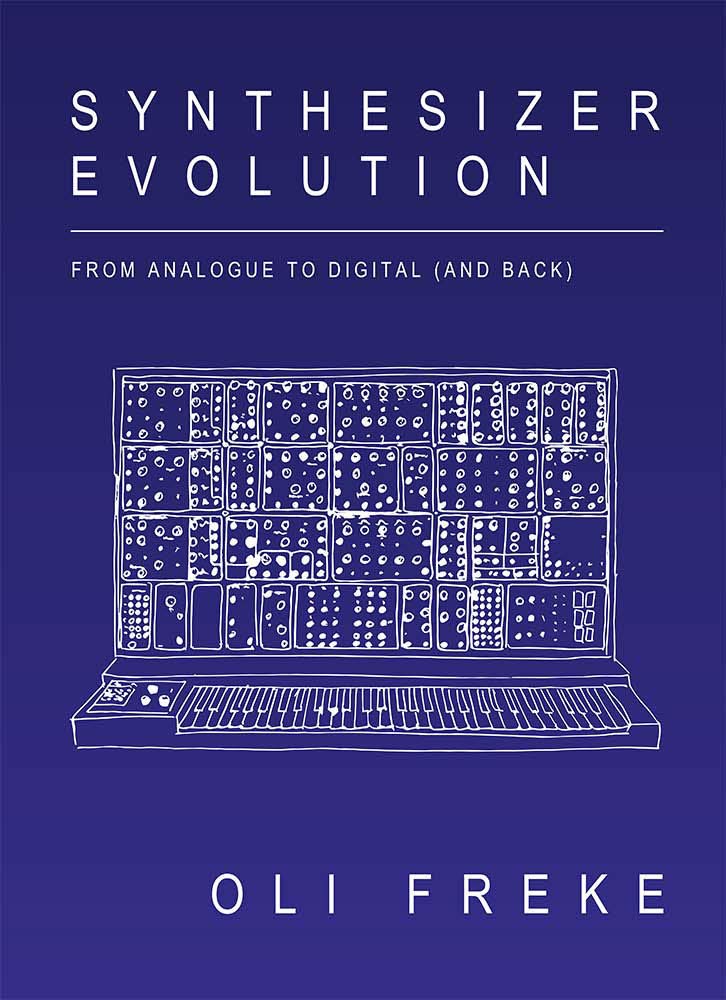
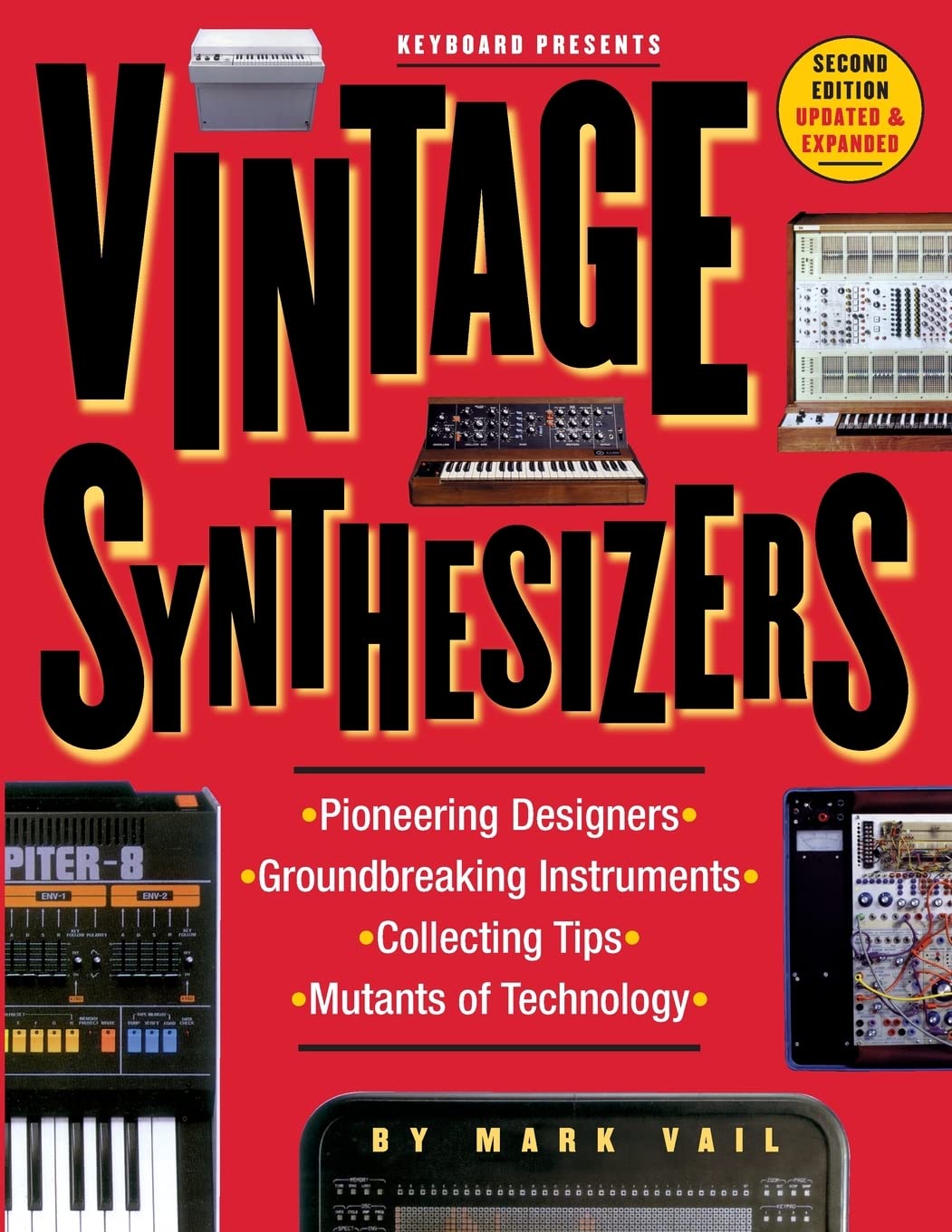
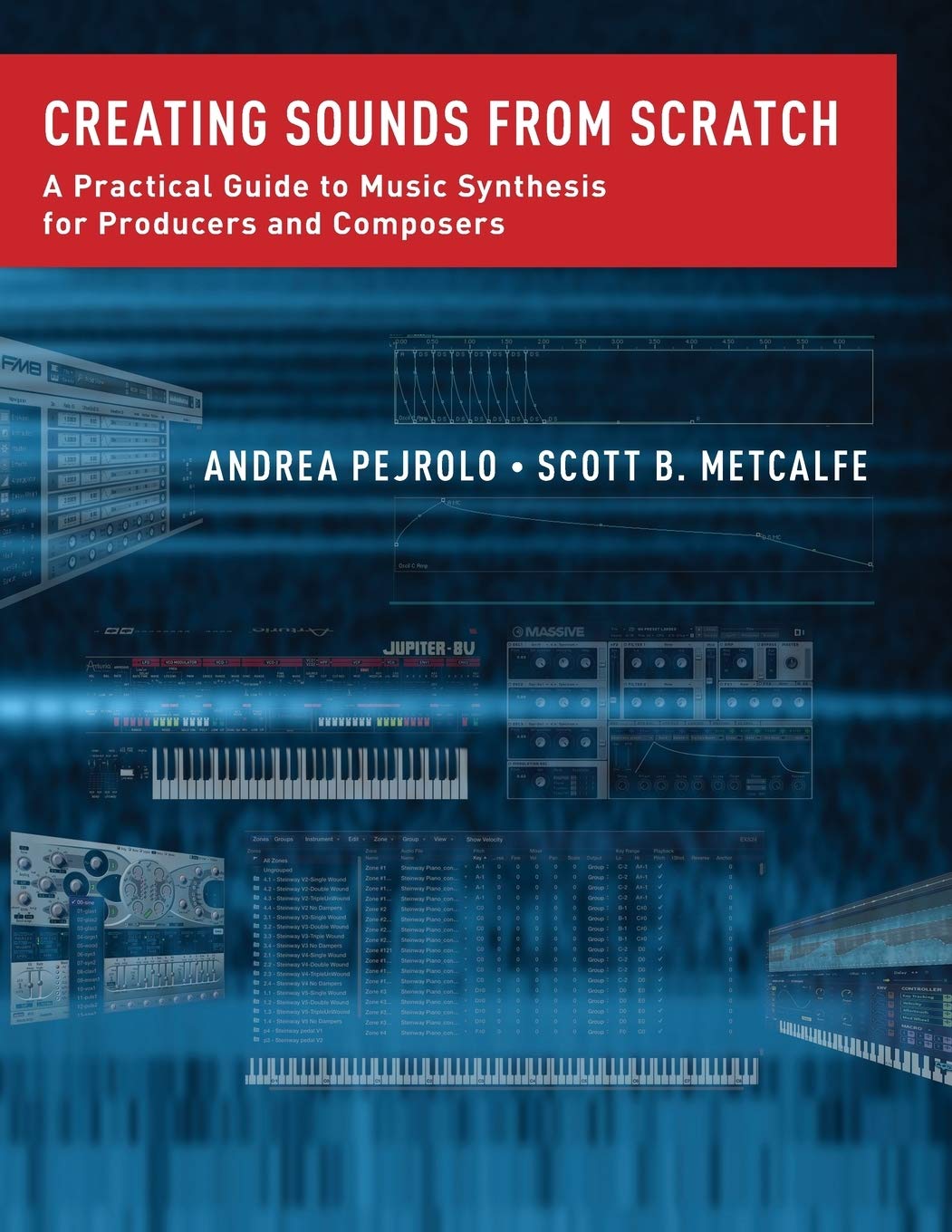
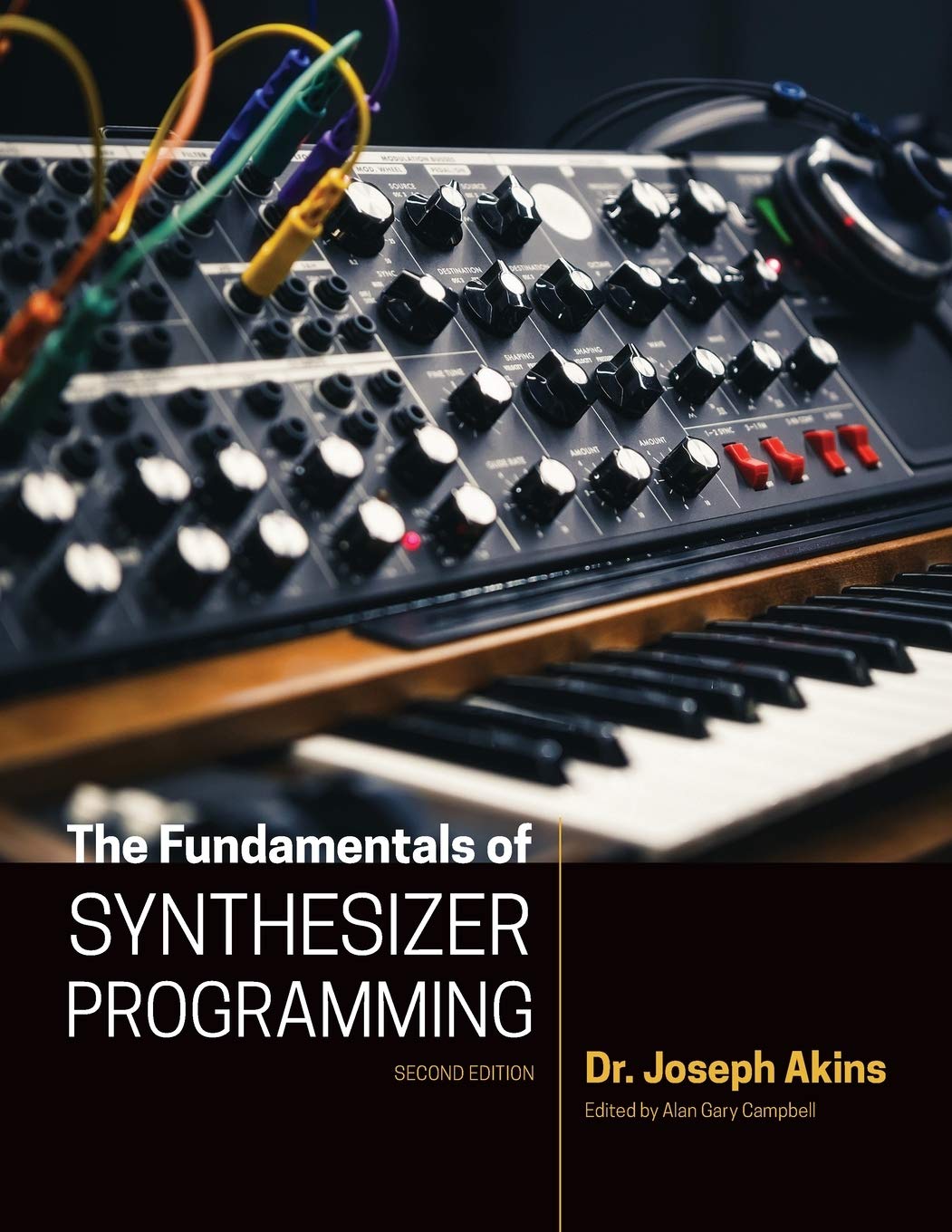














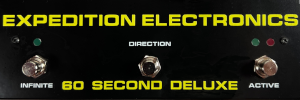
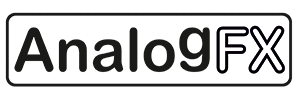










No comments:
Post a Comment
Note: To reduce spam, comments for posts older than 7 days are not displayed until approved (usually same day).